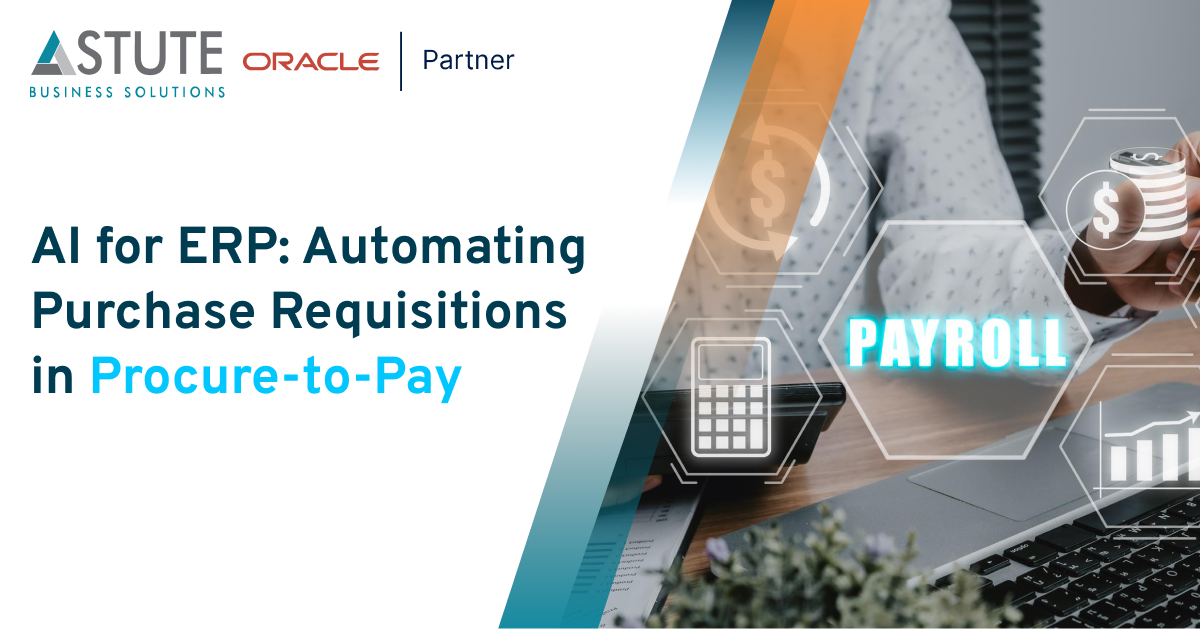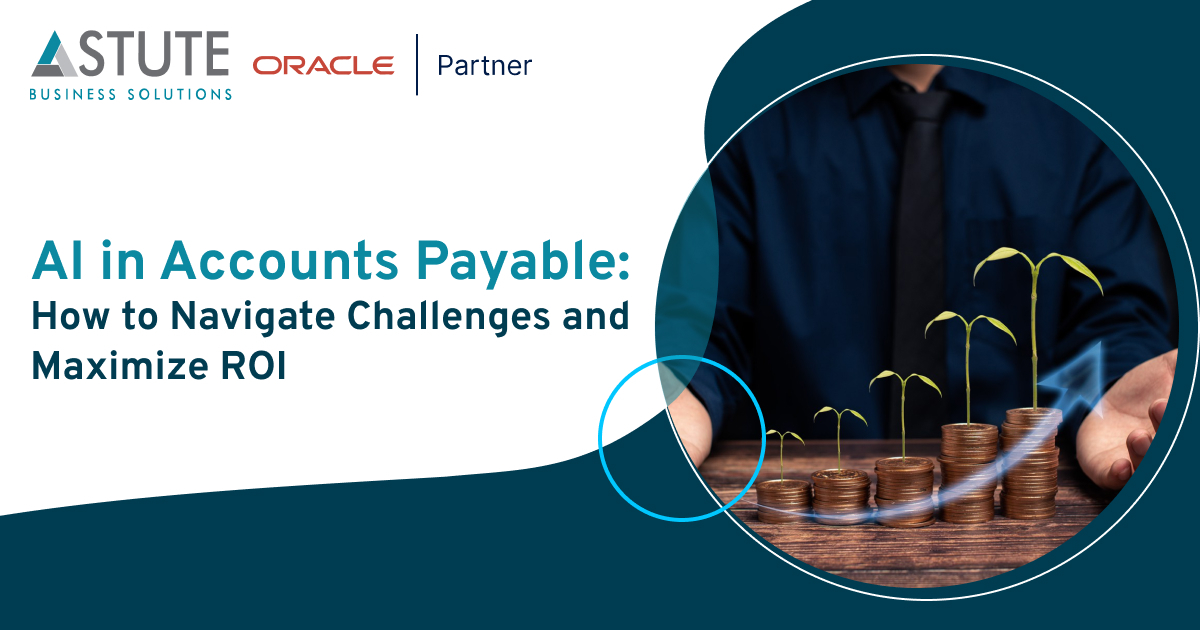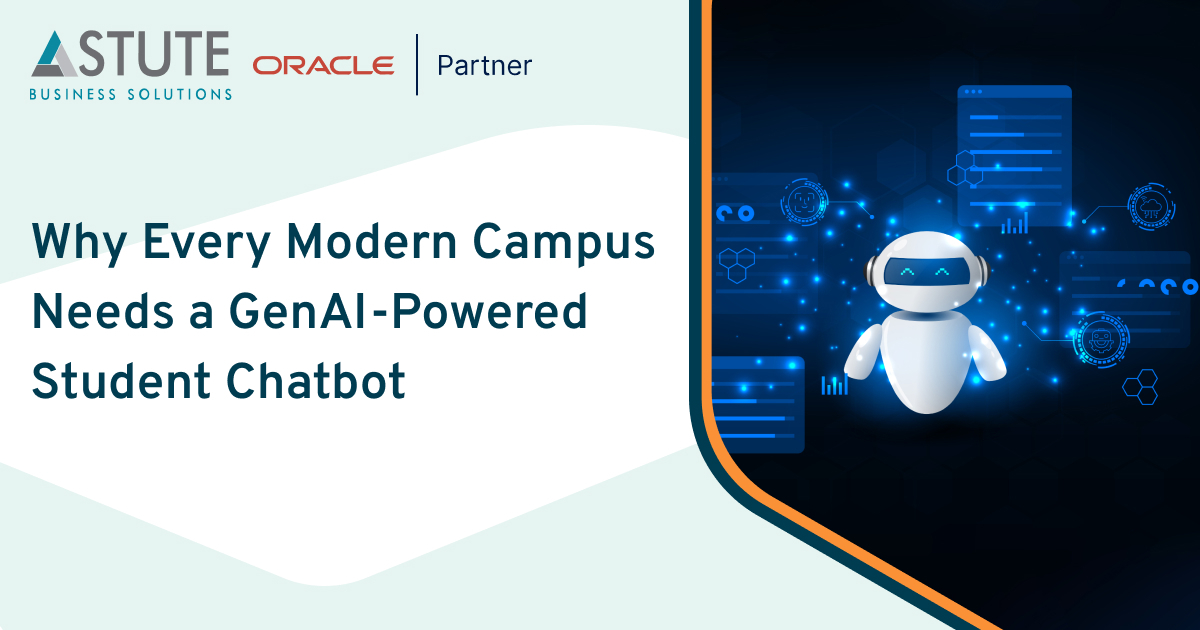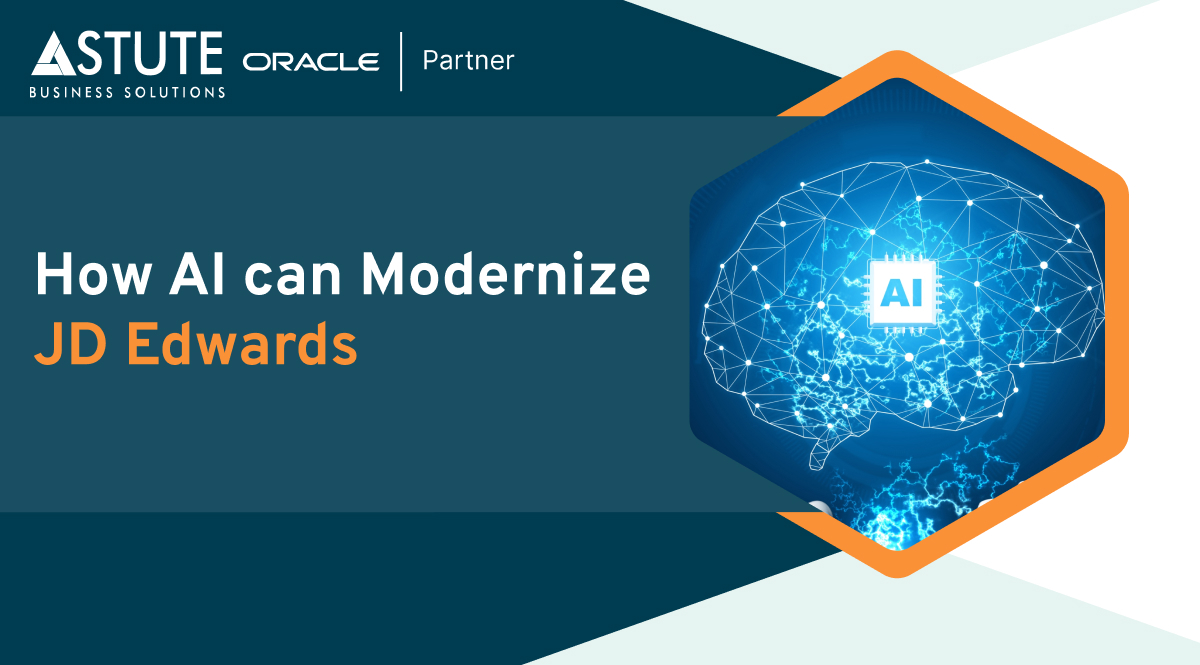AI for ERP: Automating Purchase Orders in Procure-to-Pay
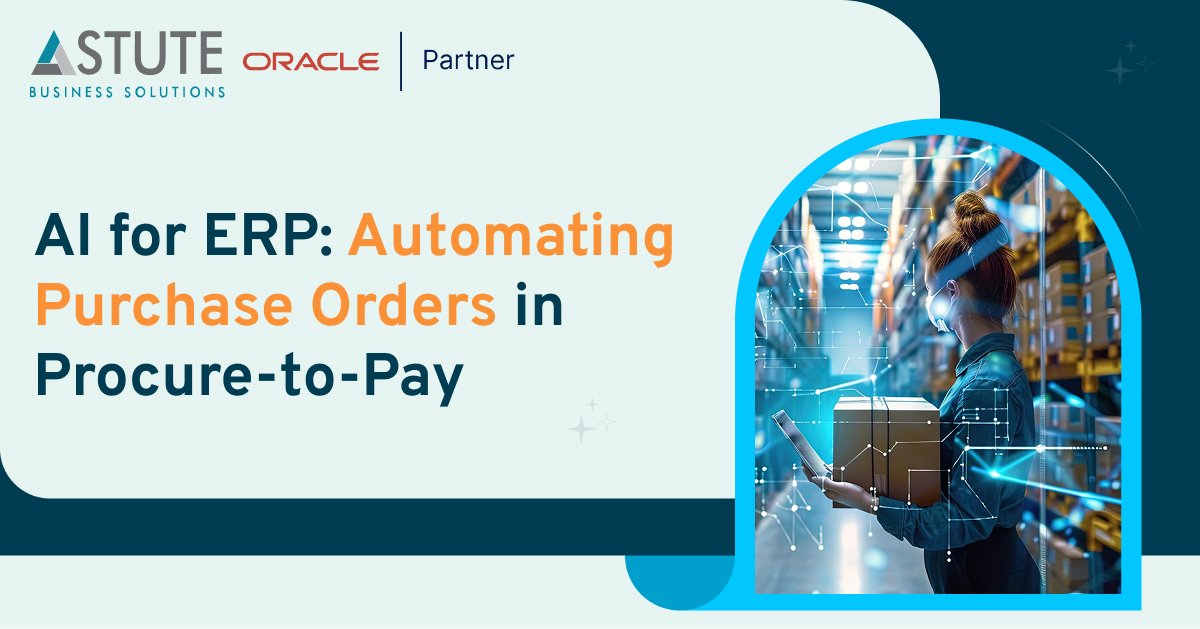
Table of Contents
In the Procure-to-Pay (P2P) cycle, the purchase order (PO) process is the vital bridge between requisition approval and supplier fulfillment. It is the moment where business intent translates into a binding instruction for suppliers. Yet for many organizations, PO creation and transmission remain surprisingly manual, slow, and error-prone. The result: higher cycle times, compliance gaps, and strained supplier relationships.
This is where AI-powered PO automation is emerging as a transformative capability. By deploying AI agents, enterprises can cut delays, reduce risk, and make procurement faster, smarter, and more reliable.
Common Challenges in PO Management
Even in modern ERP environments, PO processes often suffer from inefficiencies that ripple across the supply chain.
- Manual Entry Errors
In many organizations, procurement teams still re-key approved requisition details into purchase order forms. This duplication of effort introduces errors; wrong item codes, missed quantities, incorrect prices, that create confusion for suppliers and force time-consuming corrections. - Delayed Transmission
Once created, POs often sit idle in internal queues or rely on outdated communication methods like fax or basic email. By the time the supplier receives the PO, days may have passed, jeopardizing delivery schedules. - Compliance Risks
Incorrect terms, missing references, or skipped approvals in POs can expose the organization to liability. Small mistakes compound into bigger risks when they involve contract noncompliance, payment disputes, or audit failures. - Supplier Frustration
Suppliers rely on timely and accurate purchase orders to plan production and delivery. Late or incorrect POs strain relationships, cause unnecessary back-and-forth, and ultimately slow down the fulfillment cycle.
These challenges don’t just frustrate procurement teams. They undermine organizational efficiency, increase costs, and weaken trust with vendors, at a time when resilient supplier collaboration has never been more critical.
How AI Agents Transform PO Automation
AI agents solve these pain points by eliminating manual steps and embedding intelligence directly into the PO workflow. The result: a faster, error-free, and compliant process.
- Instant PO Generation
Instead of re-keying requisition details, AI agents automatically convert approved requisitions into POs. All required fields; pricing, terms, supplier codes, are populated instantly and accurately. Employees no longer waste time on repetitive data entry, and the risk of human error drops dramatically. - Policy & Contract Validation
AI brings real-time compliance into the picture. A validation agent cross-checks every PO against master contracts, preferred supplier agreements, and procurement policies. If discrepancies in pricing, terms, or conditions arise, the system flags them before the PO is transmitted. This ensures that every order aligns with negotiated terms and internal policies. - Seamless Transmission
Transmission is another area where AI shines. Instead of relying on a one-size-fits-all channel, the transmission agent selects the best method based on supplier preferences, whether through EDI, supplier portals, or secure email. Suppliers receive confirmations instantly, ensuring they can act on the PO without delay. - Real-Time Monitoring & Audit
Finally, AI agents provide end-to-end visibility. From the moment a PO is generated to when it’s acknowledged by the supplier, status updates are tracked in real time. An audit agent automatically logs every step for compliance and reporting, turning what was once a manual tracking exercise into a seamless, reliable process.
The Agentic AI Workflow
An agentic architecture breaks PO automation into specialized roles, each designed to optimize part of the process:
- Generation Agent – Transforms approved requisitions into structured POs with complete, error-free data.
- Validation Agent – Checks every PO against contracts, pricing agreements, and policy rules before it goes out.
- Transmission Agent – Chooses the most efficient communication channel and delivers POs directly to suppliers.
- Tracking Agent – Monitors supplier acknowledgment, delivery timelines, and status changes, while maintaining a full compliance log.
This modular setup allows organizations to start with a single capability and scale up. For example, companies may first deploy generation and validation agents, then add transmission and tracking agents as confidence grows.
The Tangible Impact of AI-Powered POs
The shift from manual to AI-driven PO automation creates measurable value:
- Faster Cycle Times – PO creation and transmission time can shrink by up to 70%. What once took days can now be completed in minutes.
- Reduced Compliance Risks – Automatic validation ensures that no PO leaves the system with incorrect terms or missing references.
- Stronger Supplier Collaboration – Suppliers receive accurate POs faster, which builds trust and enables them to plan more effectively.
- Improved Procurement Efficiency – Teams spend less time fixing errors and tracking documents, freeing capacity for strategic sourcing and value-added activities.
- Audit-Ready Records – Every action is logged, making audits smoother and less disruptive.
A Practical Example
Imagine a healthcare organization ordering medical equipment. In the traditional process, a requisition is approved, but procurement staff must manually enter details into a PO form. An item code is mistyped, the PO sits in a queue for two days, and the supplier receives an order with inconsistent terms. The result: shipment delays, compliance issues, and frustrated clinicians waiting for equipment.
With AI automation in place, the process looks different:
- The requisition is approved and instantly transformed into a structured PO by the generation agent.
- The validation agent checks pricing against the master contract for medical supplies and flags no issues.
- The transmission agent delivers the PO through the supplier’s preferred EDI channel, sending confirmation immediately.
- The tracking agent logs supplier acknowledgment within an hour and updates the ERP system.
- What previously took three to four days is now completed in less than an hour, without errors, delays, or compliance risks.
Why It Matters Now
The pressures on procurement are intensifying. Organizations must move faster, ensure compliance, and build stronger supplier relationships, all with limited staff and growing complexity. Manual PO processes simply cannot meet these demands.
AI agents deliver the agility that modern procurement requires. By automating the backbone of the P2P cycle, enterprises can:
- Scale operations without adding headcount
- Ensure every order aligns with contracts and policies
- Deliver a smoother supplier experience
- Build confidence in ERP systems as enablers, not obstacles
Automating requisitions may start the journey, but POs are where business promises turn into supplier action. Getting them right is non-negotiable, and AI makes it possible.
Conclusion
AI-powered purchase order automation is more than a process upgrade; it’s a procurement game-changer. By removing manual entry, validating against policies and contracts, ensuring seamless transmission, and tracking every step, AI agents cut cycle times, reduce compliance risks, and strengthen supplier collaboration.
The result: procurement teams gain efficiency, suppliers gain confidence, and the enterprise gains speed and control. In the Procure-to-Pay journey, automating POs with AI agents isn’t just about doing things faster, it’s about doing them better, smarter, and more strategically.
Arvind Rajan is Co-Founder and CEO of Astute Business Solutions. He is leading the expansion of Astute services to include Cloud Managed Services, Disaster Recovery on Cloud, and Integration and Process Automation using Platform Cloud Services.
Search
Tags
Related Posts
Subscribe Our Newsletter
Gain access to exclusive insights, technical know-how and crucial knowledge from Astute experts.
Share Article
See The Team In Action
Upcoming Events
Reach Out
